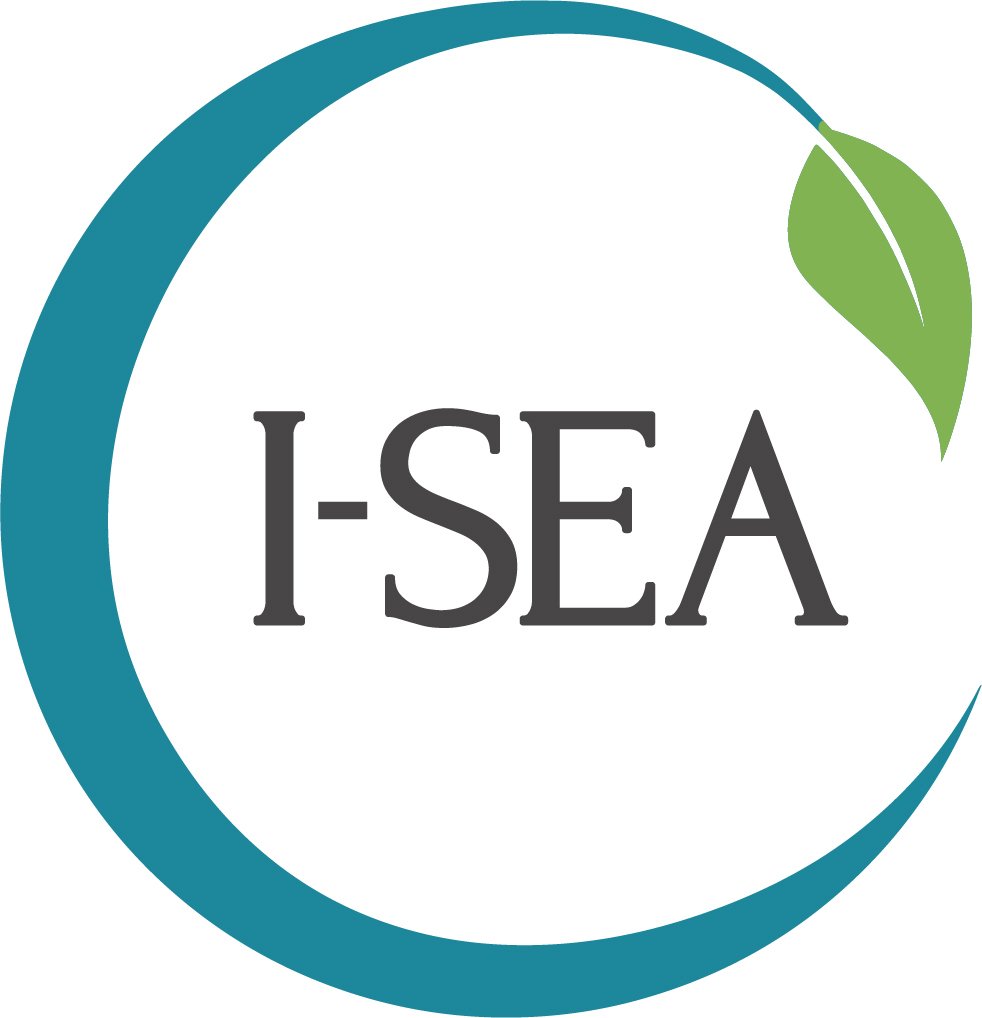A new island community floats in the heart of Toronto
Visualization of Toronto's David Crombie Park by Danish design firm SLA. SLA’s “Growing Streets” concept is at the heart of the streetscape being designed for the new island community of Ookwemin Minising in Toronto. Photo courtesy: SLA
By Jay Cockburn
It’s hard to overstate how much of a triumph Biidaasige Park is. Even though the Don River that flows through it was only rerouted in late 2024, this entirely artificial creation feels like it has been a part of the city forever. The park’s huge 40-hectare area is crammed with indigenous plant life threaded by water, walkways and gathering places.
It’s a bold statement of what’s to come on the new island community of Ookwemin Minising, “the place of the black cherry trees” in Ojibwemowin. The park’s name, Biidaasige, means “sunlight shining toward us” in Anishinaabemowin, and is pronounced “bee-daw-si-geh.”
The park is the culmination of decades of work to restore the Don River, which used to meander through bends and dead-ends, filter through wetlands and eventually drain into Lake Ontario in a marshy delta. In the 1880s, the river was straightened to promote industrial development. Wetlands were paved over, but the river bucks against its confines, becoming a regular source of flooding in the city. In July 2024, a storm burst the Don’s banks, putting heritage site and nature reserve Evergreen Brickworks underwater. Abandoned cars were strewn across the flooded Don Valley Parkway.
Today, the mouth of that river is surrounded by brand-new, absorbent marshland. Around that marshland, though, is a construction site.
This blank slate is an opportunity to create a new type of neighbourhood: one which works in tandem with indigenous flora and fauna to protect its inhabitants from the worst effects of climate change.
All reporting produced as part of this project is free to the public and is not behind National Observer's paywall.
Youth Climate Action
- November 2025 1
- October 2025 5
- September 2025 3
- August 2025 2
- July 2025 3
- June 2025 1
- May 2025 2
- April 2025 3
- March 2025 2
- February 2025 2
- January 2025 2
- December 2024 1
- November 2024 1
- October 2024 2
- August 2024 1
- July 2024 4
- June 2024 1
- May 2024 2
- April 2024 4
- March 2024 1
- February 2024 3
- January 2024 4
- December 2023 1
- November 2023 3
- October 2023 3
- September 2023 1
- April 2023 1
- February 2023 2
- January 2023 2
- December 2022 1
- November 2022 4
- September 2022 3
- August 2022 3
- April 2022 1
Toxins in Canada
Sustainable Cities
Canada's Clean Economy
- August 2022 1
- December 2020 1
- November 2020 3
- September 2020 1
- August 2020 1
- June 2020 1
- May 2020 4
- February 2020 1
- December 2019 3
- November 2019 5
- October 2019 2
- August 2019 2
- July 2019 1
- June 2019 1
- May 2019 2
- April 2019 1
- March 2019 2
- February 2019 2
- December 2018 1
- February 2018 1
- November 2017 1


